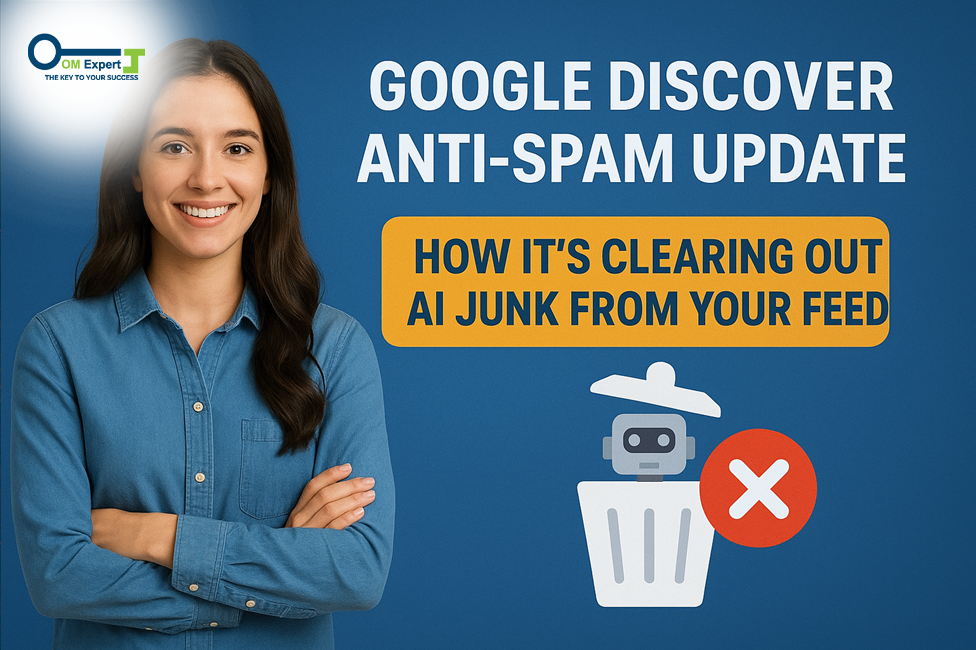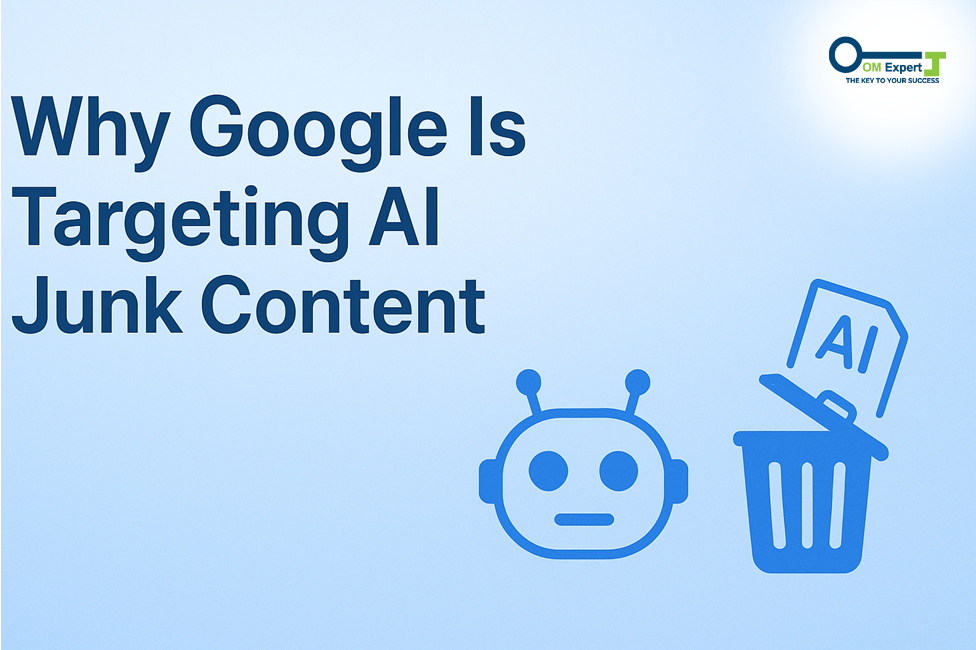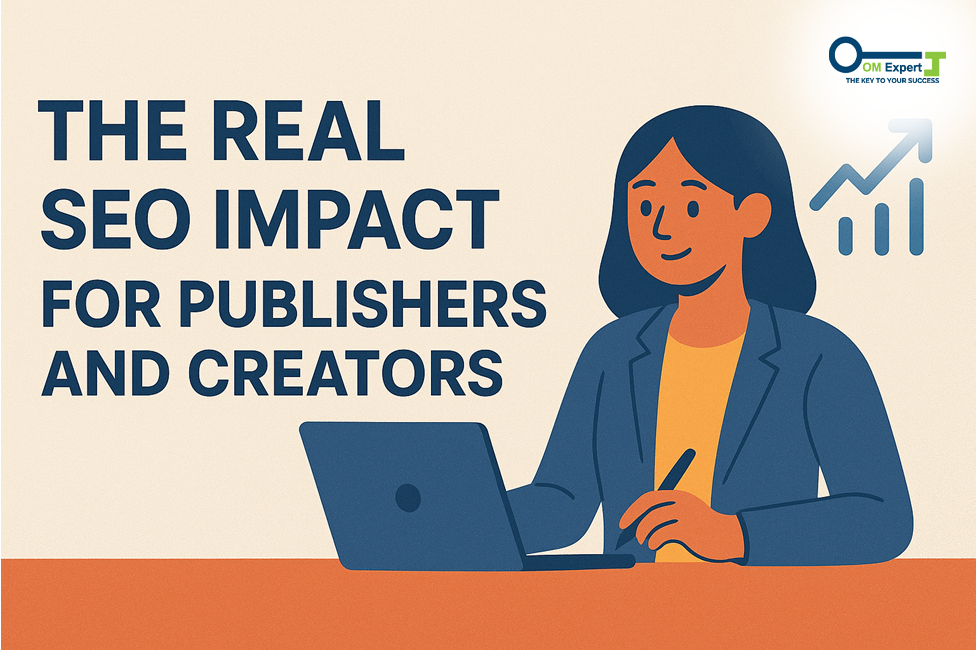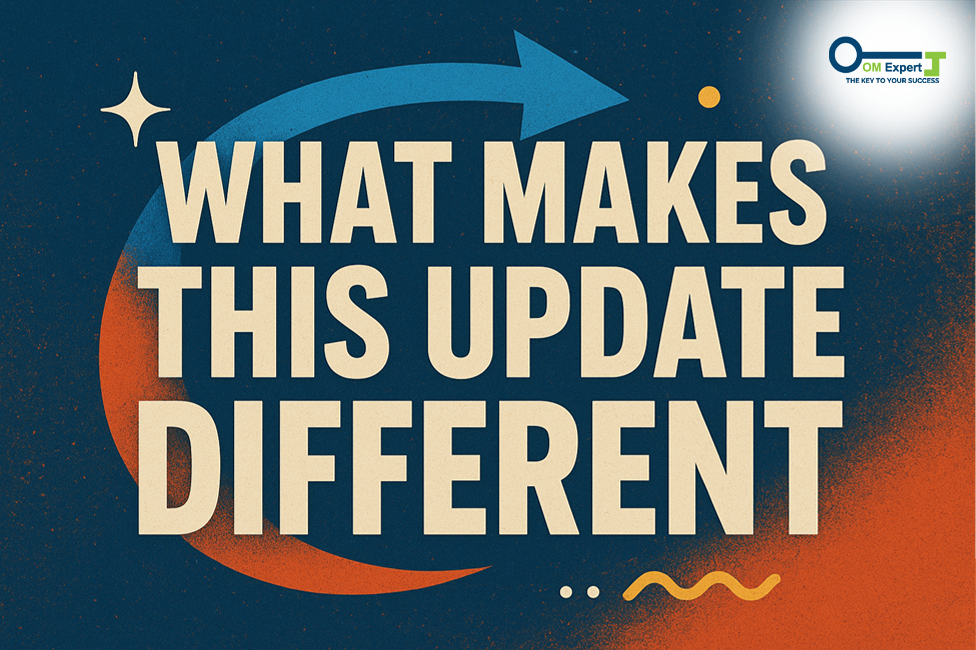Google Discover Anti-Spam Update - How it’s clearing out AI Junk from Your Feed

If you’ve recently noticed that your Google Discover feed looks cleaner, more relevant, and far less repetitive, you’re witnessing the impact of the new Google Discover anti-spam update. This update is part of Google’s ongoing effort to make the Discover experience genuinely valuable by eliminating low-quality or AI-generated junk content. The algorithm has gotten smarter at detecting artificial writing and promoting content that feels real, trustworthy, and engaging.
As AI writing tools have exploded in popularity, so have the risks of shallow, machine-written articles flooding feeds. The Google Discover anti-spam update steps in to restore balance, rewarding real expertise and filtering out copycat content. Let’s break down what this update means for users, publishers, and anyone who cares about SEO.
What Is the Google Discover Anti-Spam Update?
Before understanding its impact, it helps to know what the Google Discover anti-spam update actually is. Google discovers the content feed you see on Android devices or the Google app uses personalization and AI to recommend articles, videos, and stories based on your interests. But in recent years, that feed became cluttered with repetitive, keyword-stuffed, or AI-generated content. The Google Discover algorithm update was rolled out to solve that. It focuses on promoting genuine insights and removing manipulative or automatically generated material.
Essentially, this is part of a larger Google AI content crackdown, a series of algorithmic improvements designed to maintain a clean user experience. When Google performs Google feed spam removal, it looks for signs like unnatural phrasing, excessive self-promotion, or a lack of a unique perspective. By doing so, it ensures users see articles that truly add value. This update is reshaping how creators approach their content. It’s a reminder that true expertise, authentic perspective, and emotional resonance can’t be faked by automation.
Why Google Is Targeting AI Junk Content: -

AI has made it incredibly easy to publish hundreds of articles in minutes. While that sounds efficient, it’s created a flood of low-value pages that provide little original thought. The Google Discover anti-spam update directly tackles this issue by favoring authenticity and expertise.
Protecting Reader Experience
Readers complained about AI-generated content in Google Discover being repetitive, vague, or misleading. The Google content quality update ensures Discover only surfaces material written by people with genuine knowledge or experience.
Google’s ultimate goal is user satisfaction. When readers lose trust in what they’re shown, the whole ecosystem suffers. Imagine scrolling through endless AI-written posts that say nothing new. It’s frustrating, and Google wants to end that cycle.
Strengthening Content Authenticity
To rebuild that trust, Google is reinforcing how it identifies authentic voices. The process behind how Google filters AI content involves scanning patterns in tone, structure, and topical depth. The system rewards content that shows emotion, opinion, and insight traits AI struggles to fake. For instance, when a health blogger shares a personal experience about wellness or a journalist adds field observations, the algorithm can detect that “human fingerprint.”
Supporting Real Expertise
Google wants to showcase content created by humans who understand their subjects deeply. That’s why Google discover ranking factors now give more weight to experience-based writing. This aligns with Google spam policy changes, where originality and reliability are valued over quantity and automation. Instead of churning out keyword-heavy fluff, creators must now demonstrate real-world credibility.
How the Update Works Behind the Scenes
The Google Discover anti-spam update isn’t a single change; it’s a combination of advanced detection systems working together to analyze how content behaves.
Smarter Detection Using Machine Learning
Google uses machine learning models to study billions of content patterns. It identifies repetitive sentence structures, fake author profiles, and keyword-heavy intros, all typical signs of AI misuse.
The seo impacts of google discover update depend on how your site’s content aligns with these models. Sites publishing shallow, non-original content are likely to see traffic drops, while authentic blogs can see their impressions rise dramatically.
Real-Time AI Spam Monitoring
Through its intelligent systems, Google continuously monitors feeds, detecting AI spam in Google feeds within minutes of publication. This allows it to act before low-quality content spreads. It’s part of Google’s fight against AI junk content, aiming to stop mass-produced material before it ever reaches users. The days of “publish first, filter later” are over. Discover now reacts in real time.
Human Quality Checks
Beyond automation, Google still relies on human quality evaluators who assess whether the Google Discover feed quality meets standards. Their feedback helps fine-tune the algorithms, creating a feedback loop for better accuracy. Human reviewers also identify gray area cases where AI-assisted content may be high-quality if edited by humans. This ensures nuance isn’t lost in automation.
The Real SEO Impact for Publishers and Creators

This is where things get real for writers and website owners. The Google Discover anti-spam update has changed how SEO works for Discover visibility. It’s not just about keywords anymore. It’s about demonstrating real human depth and reliability.
1. Original Content Takes the Lead
Sites creating unique, in-depth articles are rising fast. The update prioritizes original content ranking higher because such material keeps users engaged longer and builds credibility. Detailed analysis, personal commentary, and fact-backed insights are now outperforming clickbait-style posts.
2. Smarter Spam Detection
Google’s machine learning spam detection now spots repetitive topics, copied intros, or mass publishing patterns. Combined with the Google content authenticity update, it pushes AI-heavy blogs lower in rankings.
3. Balance Between Search and Discover
Even though Discover is separate from traditional search, the two systems share core signals. That’s why Google Search vs Discover updates are closely linked. Success in one often supports performance in the other. If your SEO strategy focuses on human value rather than algorithms alone, both channels will benefit.
4. Human-Centric Writing Wins
In this landscape, human-written content ranking tips focus on emotion, clarity, and originality. Audiences want voices that sound real, and the algorithm agrees. When content connects emotionally, dwell time and shares increase, signaling quality to Google.
Practical Tips to Stay Safe and Rank Better

The new Google Discover anti-spam update rewards authenticity and punishes shortcuts. So how do you make sure your content stays compliant and continues to perform? Here’s how you can create Discover-friendly content without losing your creative edge.
Prioritize Human Insight
Remember, Google doesn’t hate AI tools; it hates lazy automation. Google anti-spam measures only target content that lacks originality. If your post reflects real experience, commentary, or expert advice, you’re aligned with Google’s stance on AI-generated articles.
Add Real-World Examples
Publishers affected by the impact of spam update on publishers often relied on generic posts. Add examples, opinions, or stories that make your article stand out. A single real anecdote can do more for engagement than a dozen generic paragraphs.
Focus on Quality Over Quantity
According to Google Discover SEO tips, posting one thoughtful article a week is better than publishing ten low-quality ones. Google measures how much value your content brings, not how often you post. That’s the real difference between quality content vs AI content – one connects, the other just fills space.
Keep It Accurate and Updated
Google content moderation tools to identify false or recycled data. Update your articles regularly to show relevance. Understanding how Google removes low-quality content helps you future-proof your site.
Learn About AI Detection
Don’t underestimate how advanced AI content detection methods have become. They analyze tone, sentence rhythm, and repetition. Add a natural voice to your work, something a bot can’t fake.
Write for Real People
With Google feed personalization changes, users see more of what they genuinely like. Focus on topics that answer real human needs, and your content visibility after spam update will rise.
Follow Ranking Guidelines
Always respect Google ranking signals for discover, freshness, credibility, and originality. If you do that, you won’t have to worry about avoiding AI content penalties.
What Makes This Update Different

The Google Discover anti-spam update isn’t just another minor patch; it’s a philosophical shift toward authenticity. Google has realized that users crave sincerity, and this update ensures they get it. Unlike previous spam filters, this Google news feed AI cleanup isn’t reactive; it’s proactive. It doesn’t wait for spam complaints; it identifies issues before they appear.
Publishers who adapt early are already benefiting from better engagement. The Google update for publishers encourages creative storytelling and discourages shortcuts. This is the era of original vs AI-generated content, where readers can feel the difference. By combining creativity with responsibility, writers can make their voices stand out in a sea of sameness.
Adapting Your Strategy to the New Discover Era: -
Build Author Trust
Google is paying close attention to author identity. Profiles with verified names and bios align better with SEO best practices for Google Discover. Anonymous or auto-generated content is now filtered more aggressively through Google algorithm spam filters. Transparency builds authority, and authority drives visibility.
Refresh and Optimize
After the feed optimization and anti-spam update, creators who revisited their old posts with fresh insights saw major improvements. Add real quotes, updated data, and human commentary to make content more engaging.
Focus on Long-Term Quality
The result? Better retention, lower bounce rates, and consistent traffic growth. That’s part of the Google content ranking improvements that favor authentic storytelling over keyword games. It’s not about chasing algorithms anymore; it’s about aligning with them naturally by delivering genuine value.
Conclusion
The Google Discover anti-spam update is more than an algorithm tweak; it’s a statement. Google wants a cleaner, smarter web filled with genuine voices instead of AI clutter. For creators, it’s both a challenge and an opportunity. The easy path to automated writing is closing fast. But the better path, crafting original, human-centered stories, has never been more rewarding. Publishers who adapt quickly will see their content thrive as Discover evolves.
Those who resist will fade quietly from the feed. At its core, the Google Discover anti-spam update is about restoring trust. When you write with honesty and purpose, Google notices and so do readers. For more insights and strategies to improve your online presence and SEO, visit OM Expert, where we decode every major Google update and help your brand grow with integrity.
